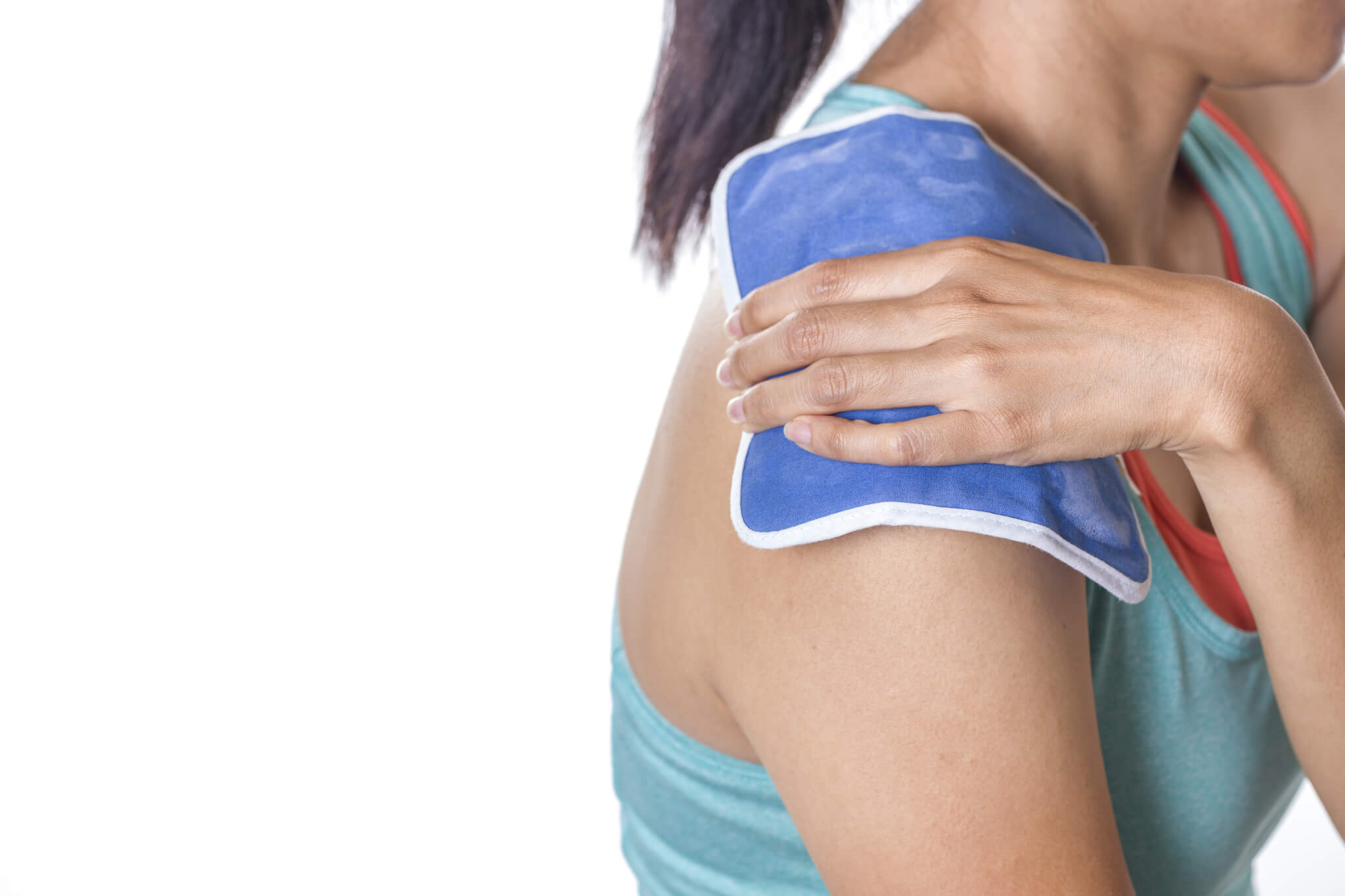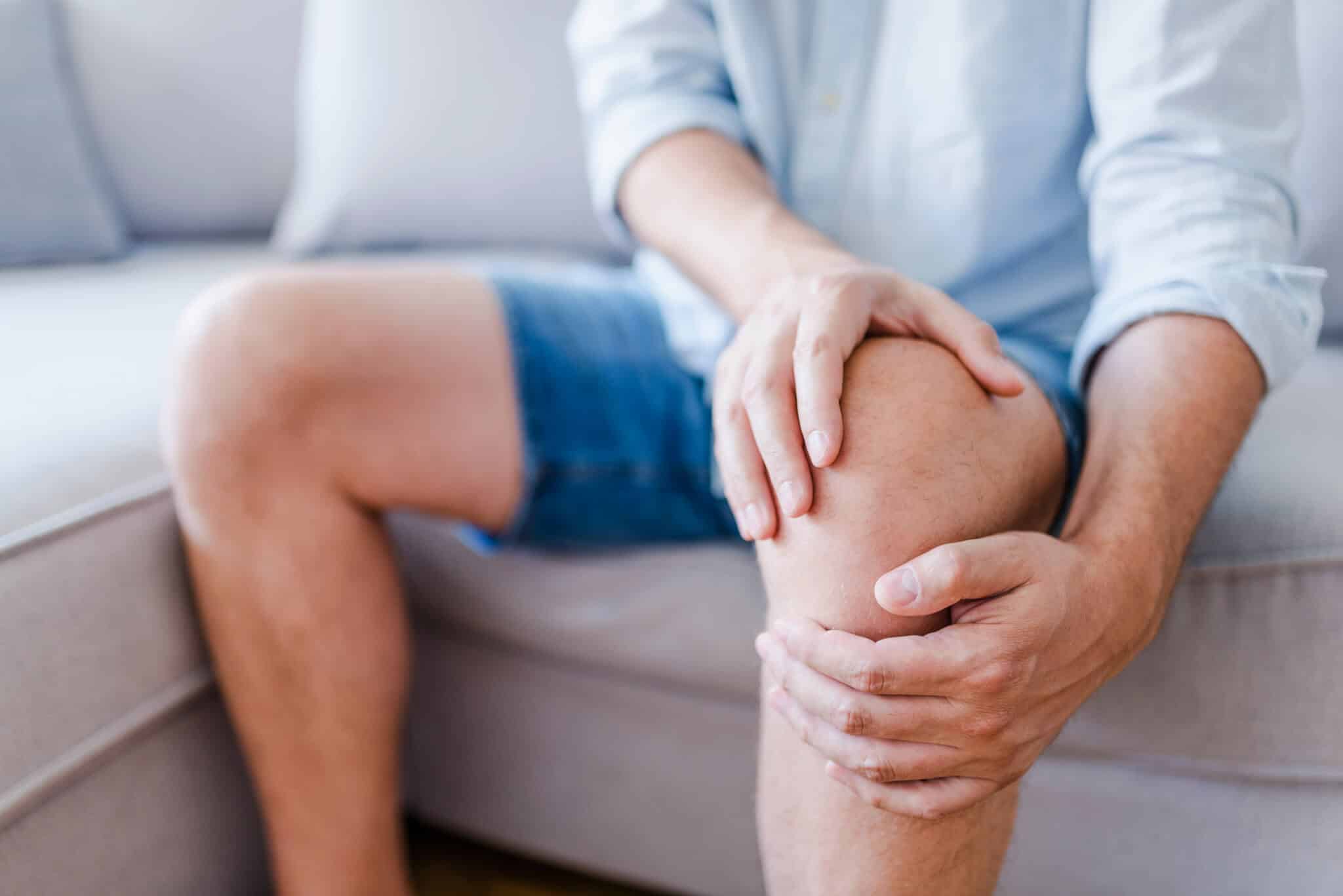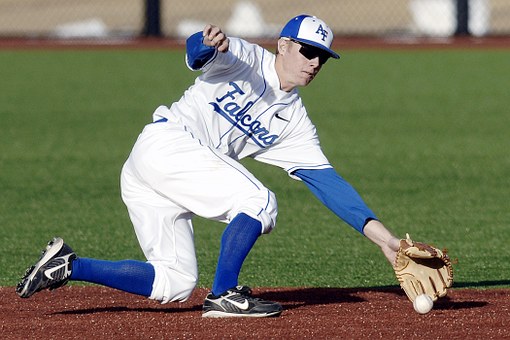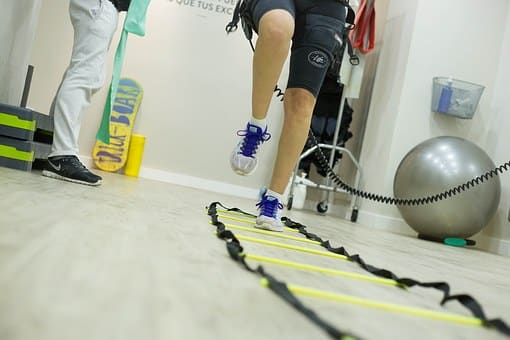How Cold Therapy Works
If you’ve ever played a sport or taken up an active hobby, the chances are you’ve come face-to-face with cold therapy. Whether it’s the image of your favorite fictional athlete lowering himself or herself into a vat of icy water or the memory of sitting on the bench tightly clenching an ice pack to a recent injury, using cold to speed recovery is something every sportsperson has encountered. In this post, we take a look at how cold therapy works in three of its most common forms. We also examine what sports medicine and science tell us about their power to speed recovery from an injury.
How Cold Therapy Works With Ice Packs
Let’s start with the most common way athletes use cold therapy. Everyone, from minor hockey players to runners in their 80s, has relied on ice packs to help them with various injuries, aches and pains that occur because of their love for their sport.
The key to understanding how cold therapy works with ice packs is to understand its role in reducing swelling and numbing pain. Swelling and inflammation happens when fluid leaks from blood vessels, which in turn causes pain and tenderness. Cold causes blood vessels to constrict, reducing the amount of fluid reaching the injured area. And just like that, an injury starts to feel better soon after the application of ice.
Ice packs may be an effective way to reduce swelling and curb immediate pain. However, they are a short-term solution and play a small part in the overall process of injury recovery. Ice packs work best within the first 24-48 hours of an injury. After this time, inflammation can actually be beneficial as a way for the body to heal itself.
Sprays, Gels and Creams
You may have seen cold therapy sprays, gels or creams while watching your favorite team on TV. This is especially true if you enjoy watching soccer. A quick application of one of these products and the player is all ready to get back into the game after bumping their knee or over-extending their leg muscles.
Cold sprays work the best at providing a rapid, intense cold sensation and producing a short-acting reduction in skin temperature. The application of these products offers a distraction to the brain and blocks pain signals, which means they are very effective for acute treatment of sports injuries. Most cold sprays contain ethyl chloride as their active ingredient, which is what induces this quick, effective burst of cold.
Cold therapy gels and cream are similar, but have longer-lasting effects. This means that they are more suitable for prolonged treatment of chronic or nagging conditions, such as tennis elbow, carpal tunnel syndrome, tendonitis or arthritis.
Whole Body Cryotherapy
Whole Body Cryotherapy (WBC) is a relative newcomer to the world of cold therapy, injury recovery and sports medicine. WBC consists of exposing the entire body to temperatures that sometimes reach below -100 degrees Celsius for a few minutes.
As with ice packs, but on a larger level and at a quicker rate, WBC constricts the blood vessels in your body to prevent inflammation, swelling and pain in the area of an injury. Some other claimed benefits of WBC are that it increases the body’s metabolic rate. This hastens recovery from injuries and all the little tears, aches and tweaks that athletes receive in training and during competition.
While the effectiveness of WBC is still largely unproven, most of the scientific data behind it points to its benefits for those with musculoskeletal conditions, such as arthritis, and its potential to help athletes with injury prevention rather than injury recovery.







